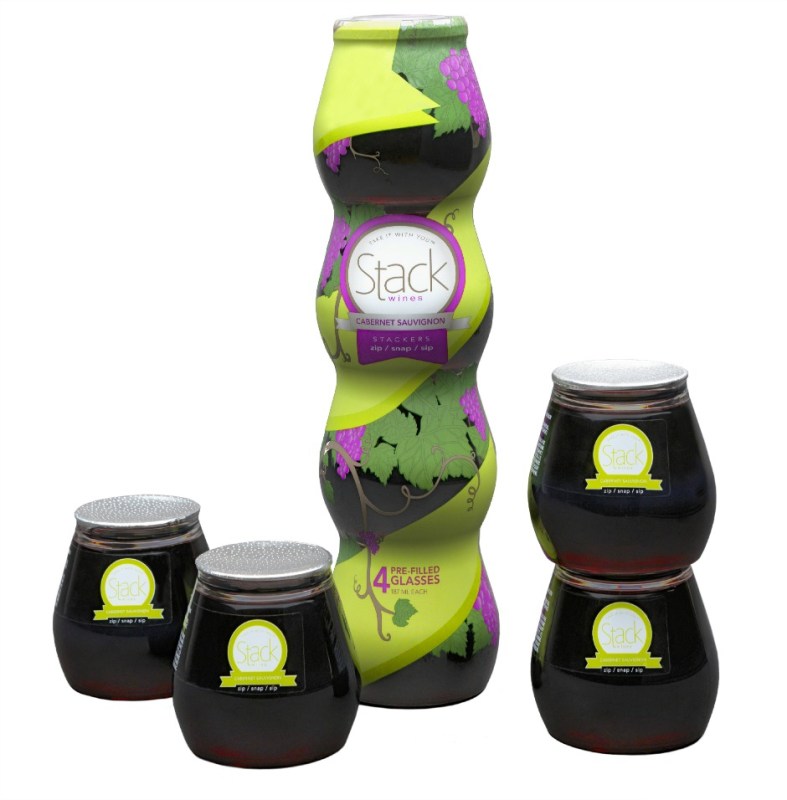
Too familiar with this scenario? Similar instances prompted Matt Zimmer, a mechanical engineer who worked in the bottled water industry, to think outside the bottle. In 2011, he launched California-based Stack Wines with fellow University of California, Irvine M.B.A alumni Jodi Wynn and Doug Allan. The company created its signature stackable wines–sold as a pack of four individual glasses.
Encased in Stack’s patented vinoware, a sturdy plastic that prevents the wine from spoiling, the wines come in four varietals: charisma, pinot grigio, chardonnay and cabernet. Priced at $12.99 online, and found at retailers in California, each four-pack holds the same amount of wine (750 ml) as a traditional bottle.
The wines are ideal for picnics and barbecues, outdoor concerts or for those nights when you crave a glass and don’t want to commit to an entire bottle in one sitting.
Editors' Recommendations
- What is port wine? All the different types and how to drink it
- The 7 best wines to drink this Easter: Elevate your holiday meal
- This is How Experts Are Debunking Major Wine Pairing Myths
- Read This Wine Lover’s Washington State Wine Guide
- The Most Influential Black Voices in Wine


